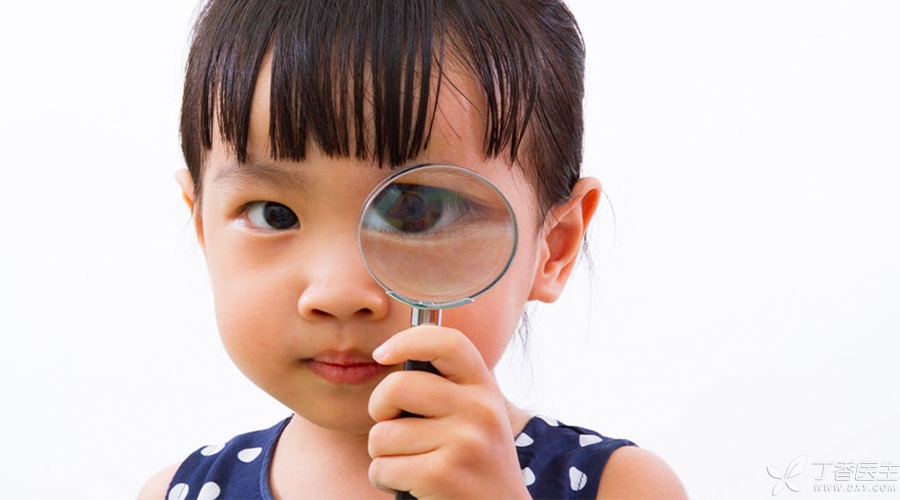
Today, Dr. Clove invited Teacher Ye Zhuang to bring us an interesting sharing, that is, babies are the difference between parents and strangers in how.
Don’t parents know each other, is it impossible?
In fact, babies don’t know when they are born [this is from their father and mother], but it is how who slowly recognizes the difference between parents and strangers.
Let’s listen to what Teacher Ye Zhuang said.
Teacher Ye Zhuang told Dr. Clove that, like the standard answers to many developmental psychology questions, children’s unique individual identification of their parents is the result of the combined action of genetic factors and environmental influences.
The specific logic for infants to identify others is: to have a unique identification of parents, the prerequisite is to have a unique identification of human beings first, and then refine human individuals and human individuals.
Hearing
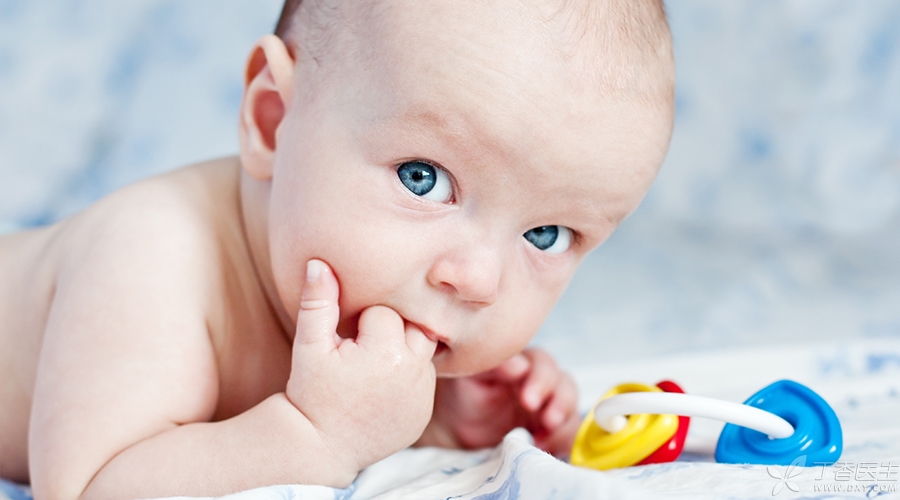
Hearing ability is acquired before birth, and babies are born with preferences for specific sound combinations (Schellenberg & Trehub, 1996).
Because there is hearing practice before birth, it is only natural that newborn babies have good or even beyond the ability of visual perception. In fact, babies have more sensitive feelings than adults on some frequencies.
There are two main functions of such powerful sound perception. One is that it can enable infants to locate external objects before visual perception is fully mature. It will not be discussed if it has little to do with this topic. Another very important function is to identify other things in the environment by perceiving sound characteristics.
Therefore, for a newborn baby, you think he knows you, not necessarily because he knows your face, but because he knows your voice.
In particular, adults always use a specific tone when talking to babies, so that sometimes they can become like they have this tone.

Such sounds, which are different from other sound characteristics, are often accompanied by events related to themselves. Infants naturally increase their ability and tendency to recognize such sounds.
Infants have a fairly good perception of sound pronunciation patterns and other auditory characteristics. Six-month-old infants can detect changes in individual notes in 6-tone tunes as well as changes in overall tones-which well explains that infants are more sensitive to the melody of lullabies sung by one or several family members (Trehub, Thorpe, & Morrongiello, 1985).
In addition, what is more sharp than people think is that babies four and a half months old can already distinguish their names from other similar pronunciations.
By the age of five months, babies can already distinguish large chunks of English and Spanish (in fact, they can’t understand the meaning of these languages at all), even if the two languages are the same in length, syllable number and speed.
In fact, some studies have been able to show that two-day-old babies have shown certain preferences for the pronunciation of certain words that often appear around them.

It is not surprising that babies can distinguish sounds so specifically that it is not surprising that they rely on sounds to distinguish parents from others.
In an experiment conducted by DeCasper & Fifer in the 1980s, a sucking baby was shown a recording of a story. If the recording was the voice of its mother, the baby would suck milk for significantly longer than when listening to a stranger telling a story.
At present, the academic circles basically believe that the main influencing factor of this sound preference is the biological development of infants. The key is that the fetus before birth can always hear the voice (usually the mother’s). To support this speculation, the researchers confirmed a series of facts: compared with other male voices, newborns did not show a preference for their father’s voice; Newborns have obvious preference for the songs their mothers sang before they were born to the songs they were still in their stomachs.
Vision
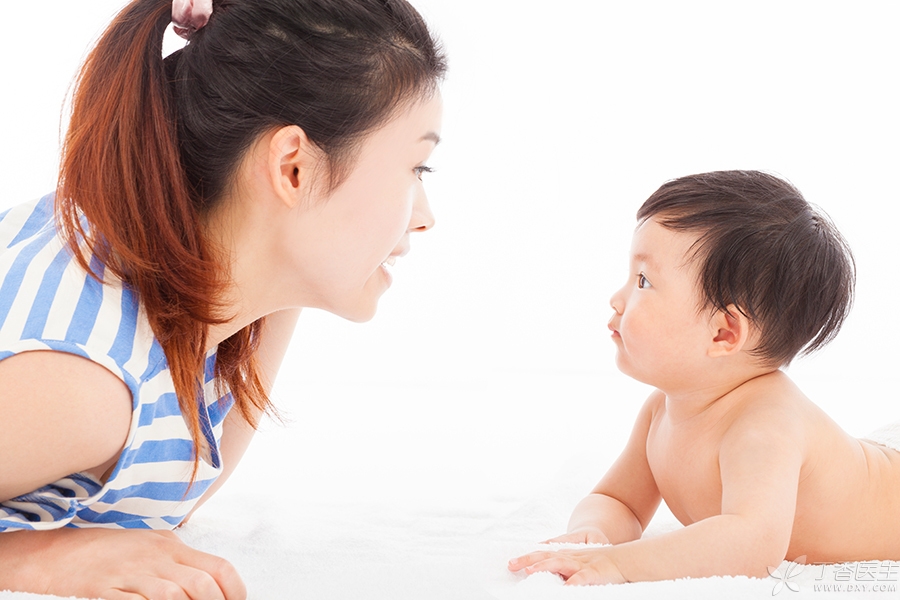
Babies can show obvious visual preferences from birth. Robert Fantz, a developmental psychologist, was the leading researcher of face recognition by vision for newborns.
His design of the baby experiment is very clever, so let’s not talk about the conclusion here. Babies are born with preferences for certain visual stimuli: curves, such as three-dimensional graphics, such as human faces.
However, besides heredity, there are also environmental factors. Because of the influence of the environment, babies can already have visual preference for their mother’s face compared with the faces of other people and animals after only a few hours of birth.
Why? Because the person with this face has positive interaction with him and has the beautiful voice he was accustomed to before he was born, a narration appeared in the hearts of the little babies: [ah! I love her! ]
A few days after birth, babies are more inclined to figures with facial features, and this hard-to-extricate love has gone up all the way.
The experimental materials Fantz used in that year are the following three pictures.
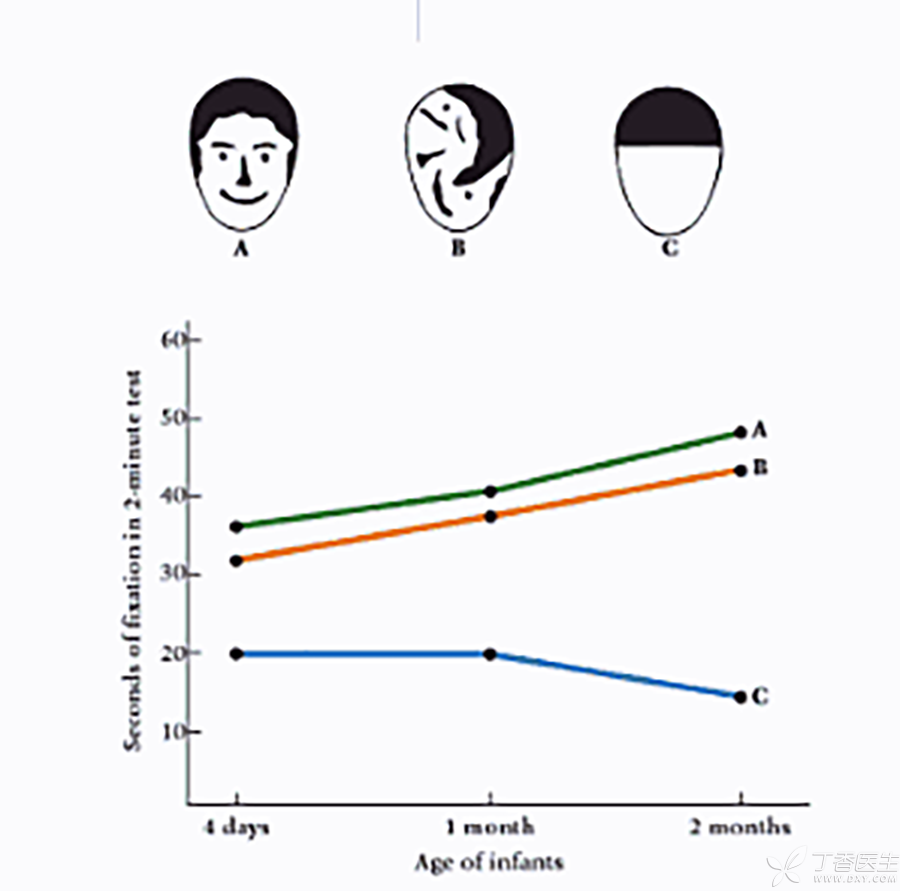
A is a simulated face, B is a face that disturbs facial elements, and C is a… I don’t know how to describe it, you can see it clearly.
The following three test times are four days, one month and two months of birth, and the preference for faces and face-like faces is self-evident.
With the development of time, Babies began to further develop their ability to recognize faces: they gradually learned to separate faces with different looks. However, the commendable thing about this development is that human babies give priority to developing human face recognition. In 2002, Pascais and his colleagues experimented with children with a series of pictures including the following picture.
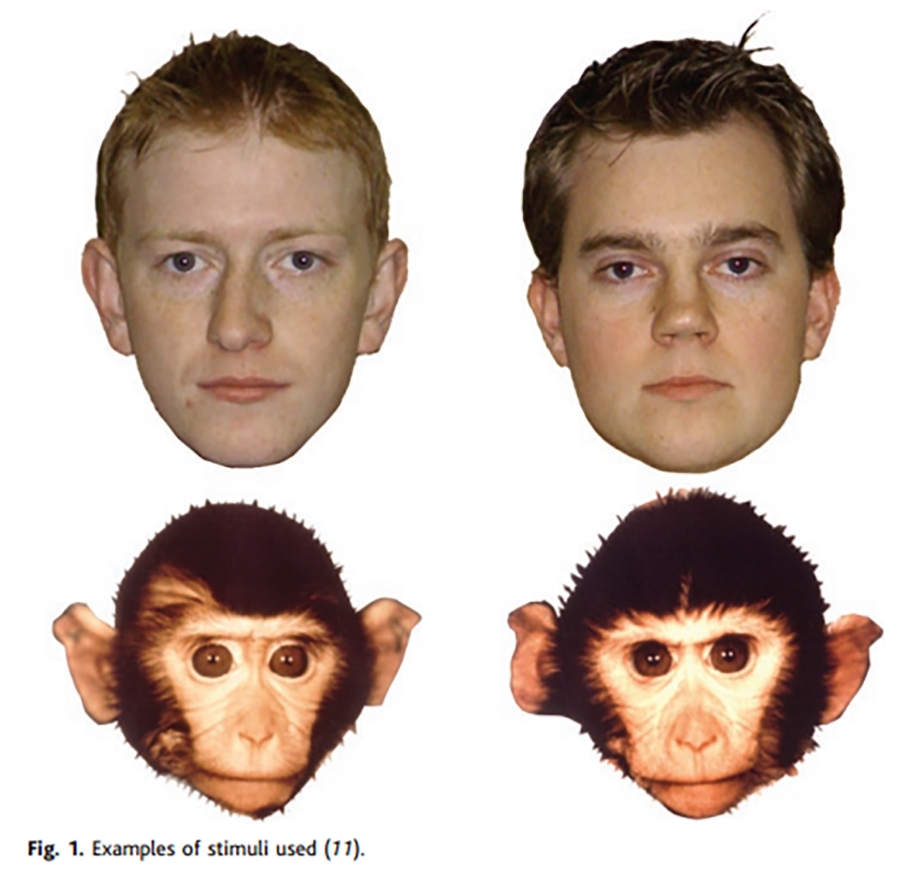
The experiment found that the ability of six-month-old children to distinguish monkey faces is similar to that of nine-month-old children to distinguish monkey faces, but the ability of nine-month-old children to distinguish monkey faces has greatly improved, while the ability to distinguish monkey faces has not improved for three months.
Developmental psychologists generally believe that the increase in face recognition ability is directly related to the fact that babies have seen many people but not many monkeys in the past three months-once again proving that genetic and environmental factors jointly determine babies’ ability.
To sum up, a certain degree of congenital heredity and a certain degree of acquired environment enable a newborn baby to distinguish human from non-human after effectively processing external information, thus distinguishing parents from non-parents.
